London show celebrates the male physique in photography, from muscle hunks to scruffy punks
‘A Hard Man is Good to Find!’ – newly open at London’s Photographers’ Gallery – is a delectable survey of queer photographs of the male body created in London between the 1930s and early 1990s

At The Photographers’ Gallery, London, male-physique lovers can have their beefcake and eat it too. Dishing up more than a hundred photographs – in addition to magazines, personal albums and photo sheets – the exhibition ‘A Hard Man is Good to Find!’ is a feast for the eyes.
Titled after American actress Mae West’s famous quote, the exhibition spans 60 years of queer image-making, from svelte bathers to muscle hunks and scruffy punks. It is divided into half a dozen sections, which map out subcultural territories of the British capital, from Hampstead Heath to Portobello and Euston.
‘In the early part of the 20th century, homosexuality was illegal,’ the exhibition curator Alistair O’Neill notes as we walk through the gallery’s baby-pink walls. Despite the 1955 Wolfenden Report – which recommended the depenalisation of homosexual acts between consenting adults – and the subsequent 1967 Sexual Offences Act – which marked the partial decriminalisation of gay sex – Britain’s obscenity laws remained a considerable obstacle for the production of homoerotic imagery. ‘Representations of the male nude came under considerable scrutiny and the ability for queer men to look at other men in states of undress was fairly limited,’ continues O’Neill, who teaches Fashion History and Theory at London’s Central Saint Martins.

Angus McBean, David Dulak, 1946
The exhibition starts strongly with a rarely seen collage series by British painter Keith Vaughan, dated from 1933. It features cut-out photographs of thong-wearing sunbathers taken by the then-21-year-old artist at Highgate Men’s Pond. Superposed with textual elements over monochromatic olive-green backgrounds, the images are compiled in a diary-style photobook that is on display behind a glass cabinet, while enlarged prints of individual pages are reproduced on a wall.
‘He’d just purchased a Leica camera and turned his bedroom in his mother’s house in West Hampstead into his dark room,’ O’Neill recounts. ‘He wouldn’t have been able to print these commercially because of the nature of the images.’ At once scenic and suggestive, they play with contrast and repetition in remarkably modernist ways that prefigure elements of Richard Hamilton’s early Pop Art. Interestingly, the presence of jockstraps in the photographs suggests that the famed undergarment did not become a gay symbol in 1950s America with the advent of magazines such as Physique Pictorial, as is often assumed. (For fans of the latter, a rare posing pouch lovingly crafted by its publisher Bob Mizer’s mother is on display in the adjacent annexe room.)

Basil Clavering, (Royale, Hussar, Dolphin). Mail order Storyette print, late 1950s
It’s not all about sex: many works in the show are imbued with an irresistible camp quality, too. Chief among them, the 1950s ‘storyettes’ – catalogue photo sheets assembled into a narrative – demonstrate their makers’ imaginative use of humour. Conceived to discreetly advertise erotic prints to order by mail, storyettes were initiated by sailor-turned-cinema owner Basil Clavering from his basement studio in Pimlico. To avoid scrutiny, Clavering assembled the images like film stills, orchestrating comical scenarios in which military men are seen progressively undressing, flexing their muscles in front of a mirror and eventually ironing each other’s uniforms in the nude. ‘It’s kind of seaside postcard humour,’ O’Neill laughs, ‘or like a drag pantomime.’
At times, the exhibition’s desire to illustrate one community’s efforts to produce and circulate radical images eclipses critical issues such as consent and exploitation. For instance, 1930s erotic images of working-class guardsmen exchanging sex and consumerist pleasures for money; street and intimate portraits of 1980s punks catfished in the streets of King’s Cross under the pretence of a false Vogue campaign, and lists of models’ names categorised by race all point to complex power dynamics that the show does little to address or contextualise.
Receive our daily digest of inspiration, escapism and design stories from around the world direct to your inbox.
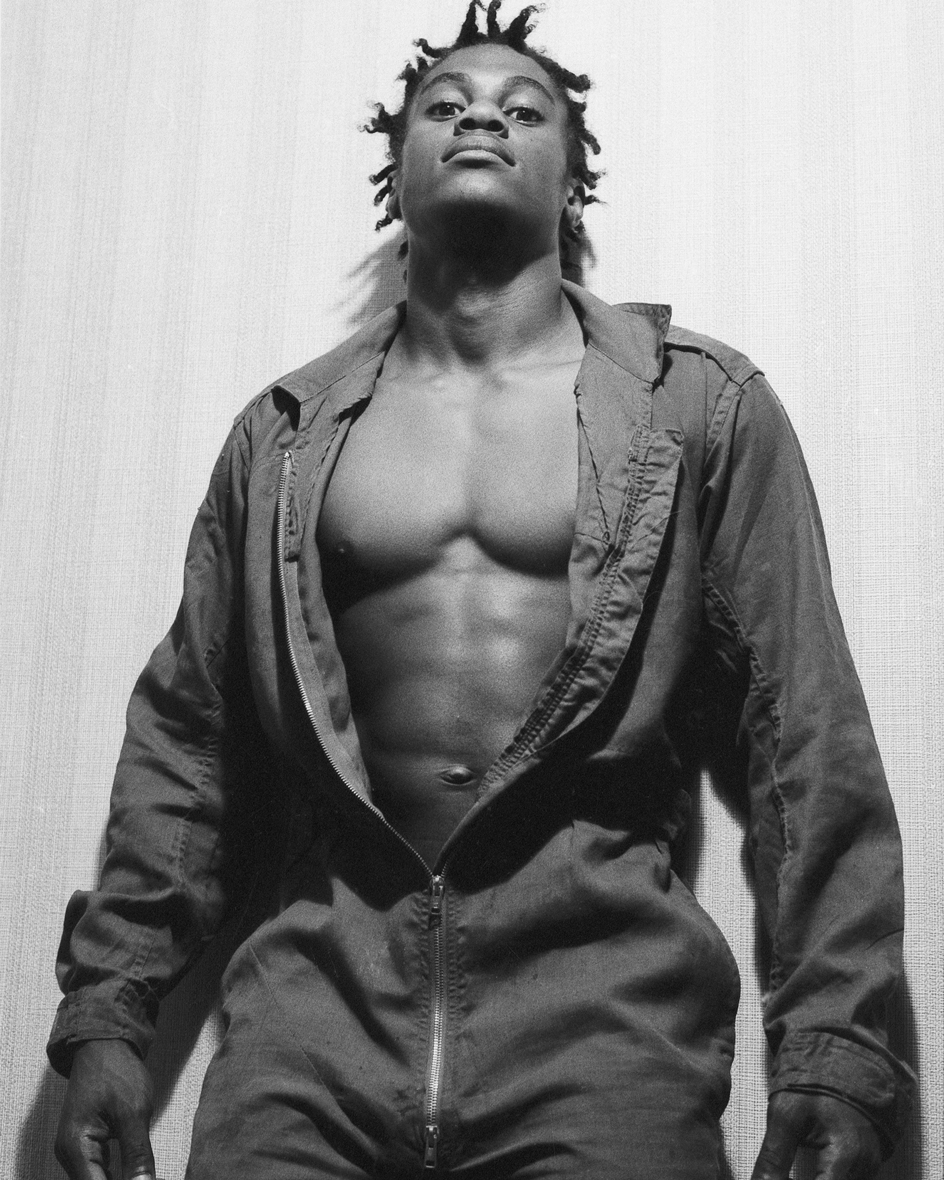
Martin Spenceley, 1980s
Thankfully, the final display brings some much-needed nuance to this narrative with a glimpse into the Brixton Art Gallery’s development. Opened in 1983 under a railway arch, it was run by an artist collective including the likes of Ajamu X, Franko B and Guy Burch, whose queer and intersectional work was largely excluded from mainstream exhibition spaces. One arresting portrait by the late Nigerian photographer Rotimi Fani-Kayode – a prominent figure of the Black British Art scene and founding member of the activist art organisation Autograph – shows a Black nude model gazing at the camera through a Venetian long nose mask, his genitals covered in gold paint. Titled The Golden Phallus, the work was made in 1989 to address colonial stereotypes in the climate of the Aids crisis, namely Robert Mapplethorpe’s fetishist depiction of Black male nudes.
‘A Hard Man is Good to Find!’ is a delectable show that compellingly traces the proliferation of an otherwise undermined visual subculture. Enjoy it while it’s hot.
‘A Hard Man is Good to Find!’, until 11 June 2023, The Photographers' Gallery, London. thephotographersgallery.org.uk
-
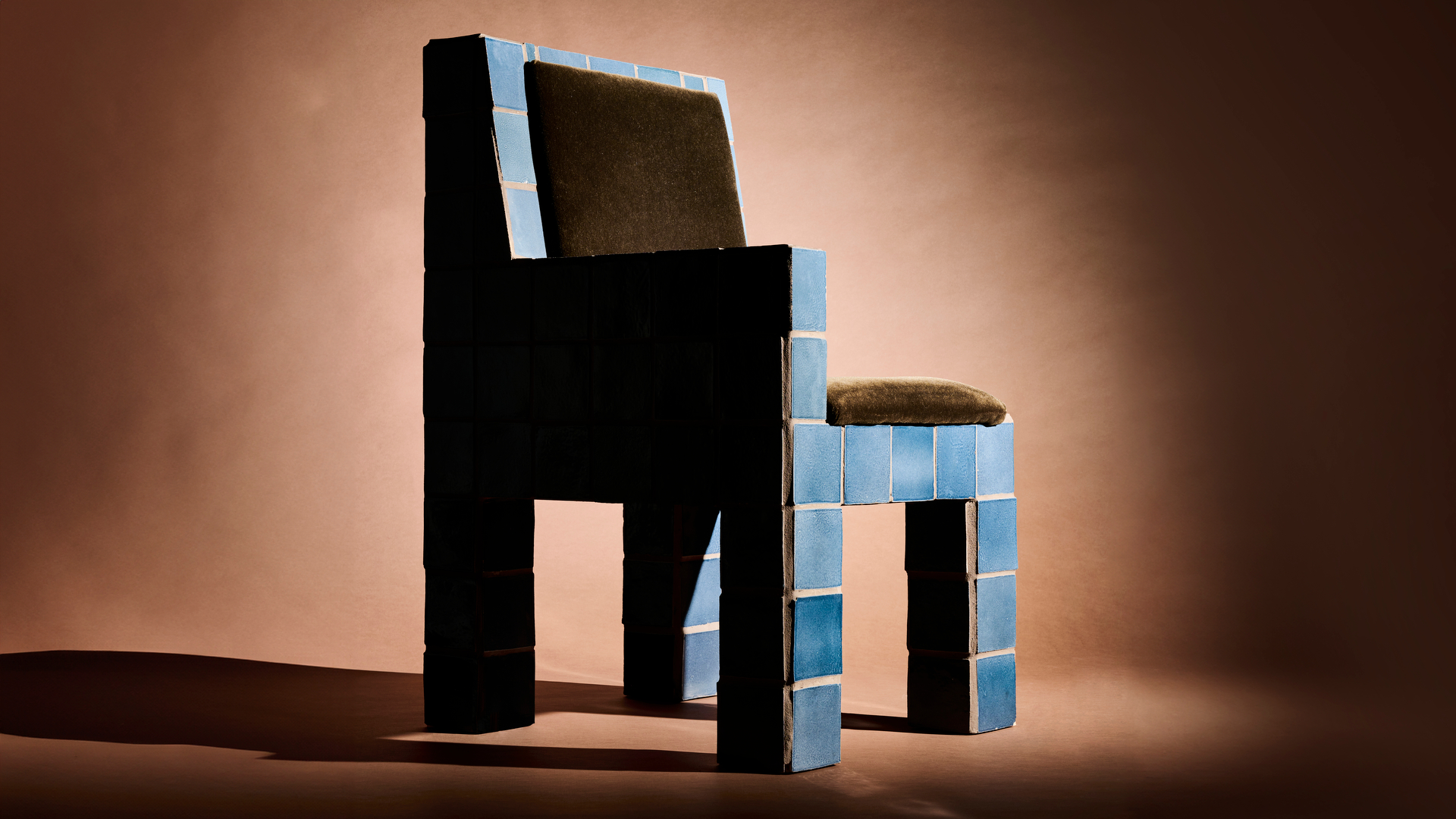 This LA-based furniture designer finds a rhythm in music and making
This LA-based furniture designer finds a rhythm in music and makingWallpaper* Future Icons: LA-based Ah Um Design Studio's expressive furniture features zig-zagging wooden frames, mohair and boucle upholstery, and a distinctive use of tiles
-
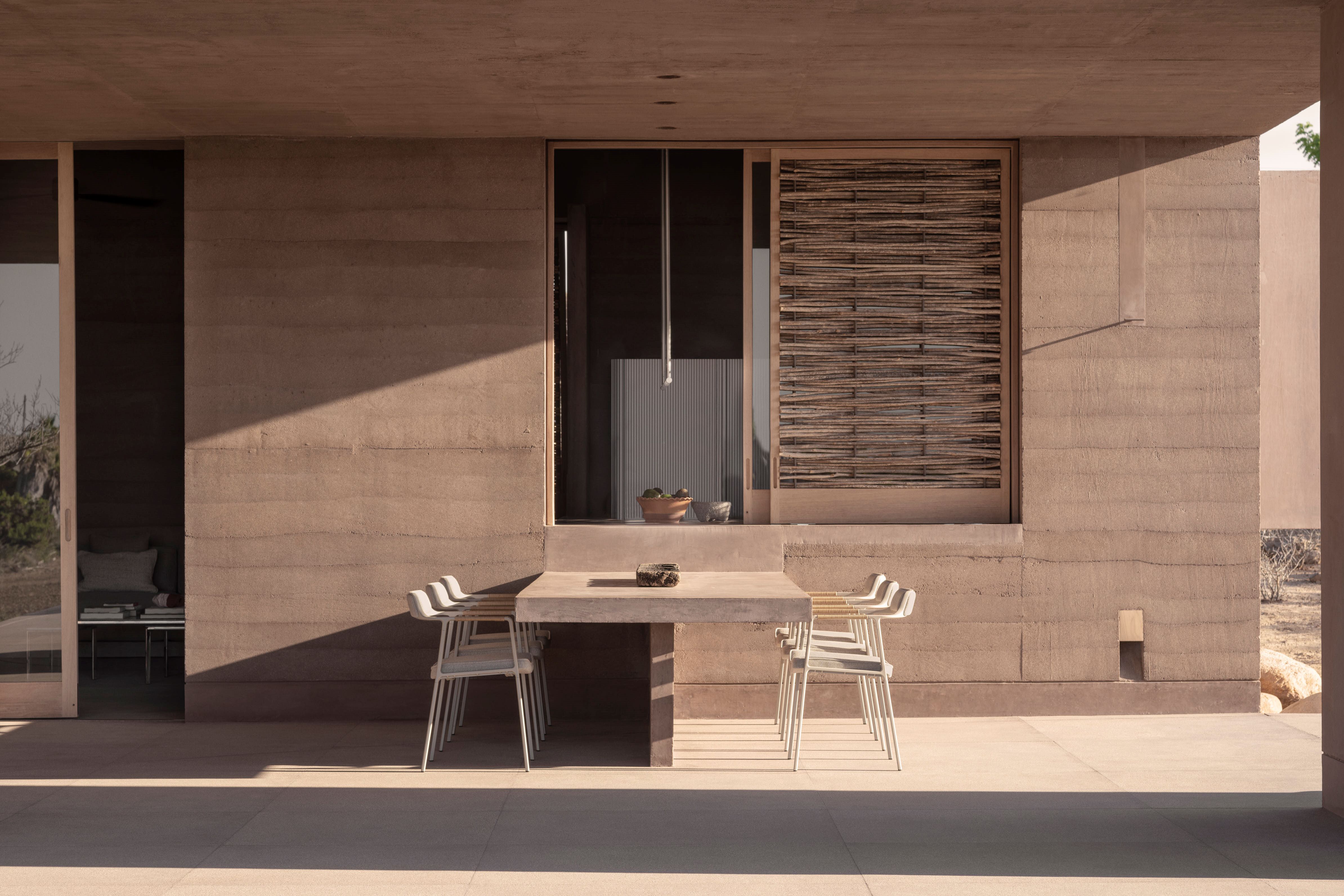 This Mexican architecture studio has a surprising creative process
This Mexican architecture studio has a surprising creative processThe architects at young practice Pérez Palacios Arquitectos Asociados (PPAA) often begin each design by writing out their intentions, ideas and the emotions they want the architecture to evoke
-
 The Bombardier Global 8000 flies faster and higher to make the most of your time in the air
The Bombardier Global 8000 flies faster and higher to make the most of your time in the airA wellness machine with wings: Bombardier’s new Global 8000 isn’t quite a spa in the sky, but the Canadian manufacturer reckons its flagship business jet will give your health a boost
-
 Out of office: The Wallpaper* editors’ picks of the week
Out of office: The Wallpaper* editors’ picks of the week'Tis the season for eating and drinking, and the Wallpaper* team embraced it wholeheartedly this week. Elsewhere: the best spot in Milan for clothing repairs and outdoor swimming in December
-
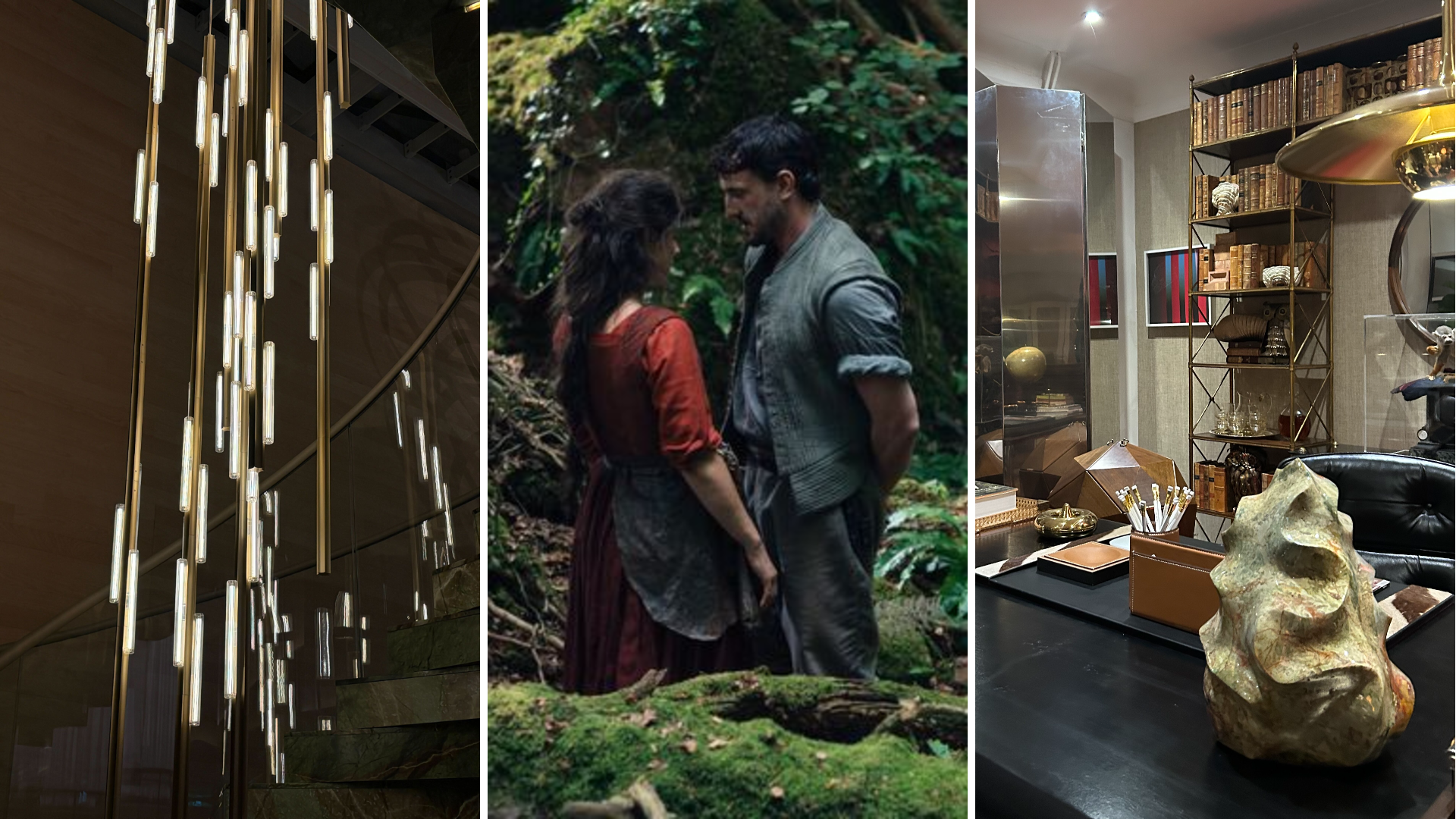 Out of office: The Wallpaper* editors’ picks of the week
Out of office: The Wallpaper* editors’ picks of the weekFar from slowing down for the festive season, the Wallpaper* team is in full swing, hopping from events to openings this week. Sometimes work can feel like play – and we also had time for some festive cocktails and cinematic releases
-
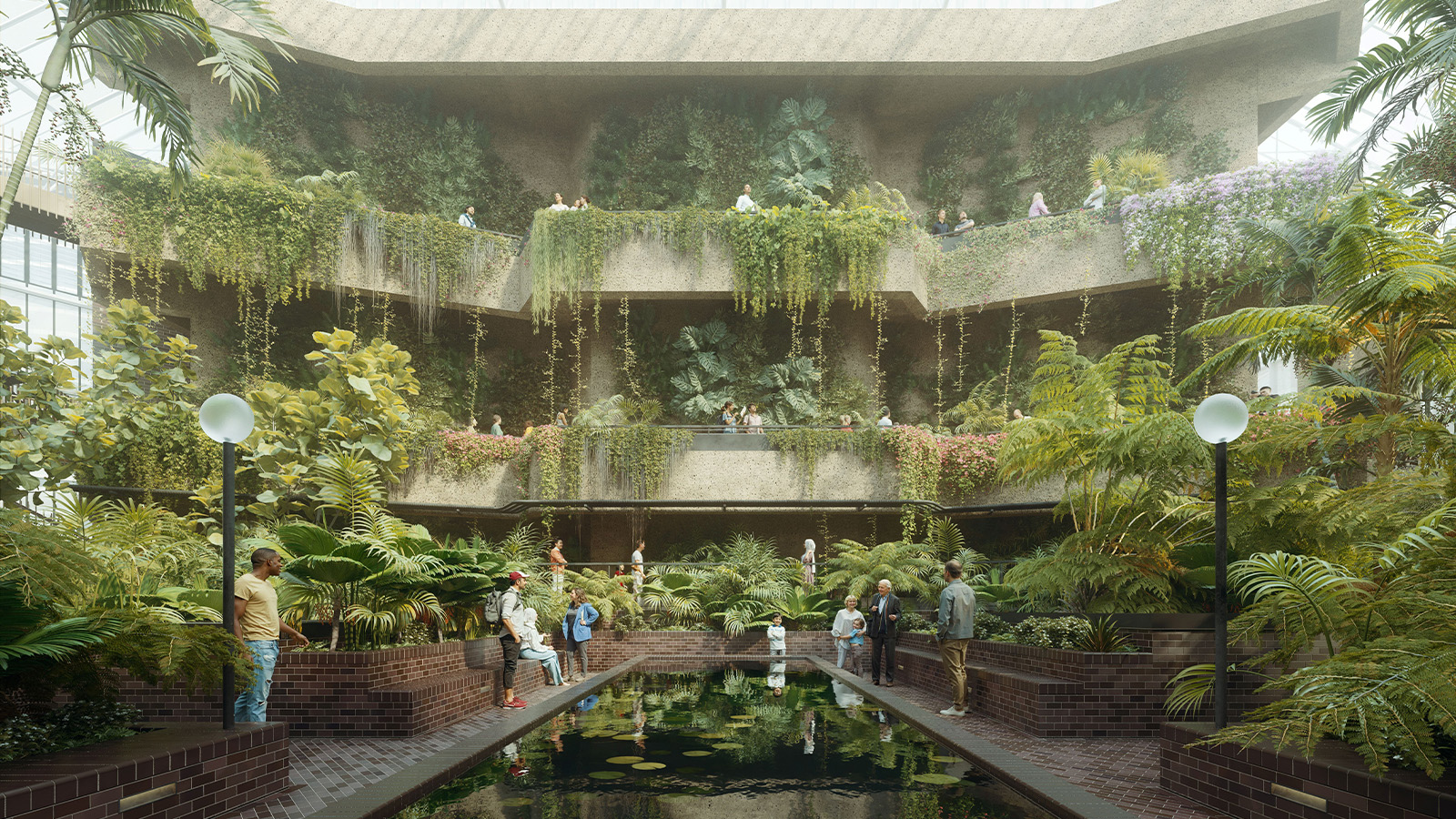 The Barbican is undergoing a huge revamp. Here’s what we know
The Barbican is undergoing a huge revamp. Here’s what we knowThe Barbican Centre is set to close in June 2028 for a year as part of a huge restoration plan to future-proof the brutalist Grade II-listed site
-
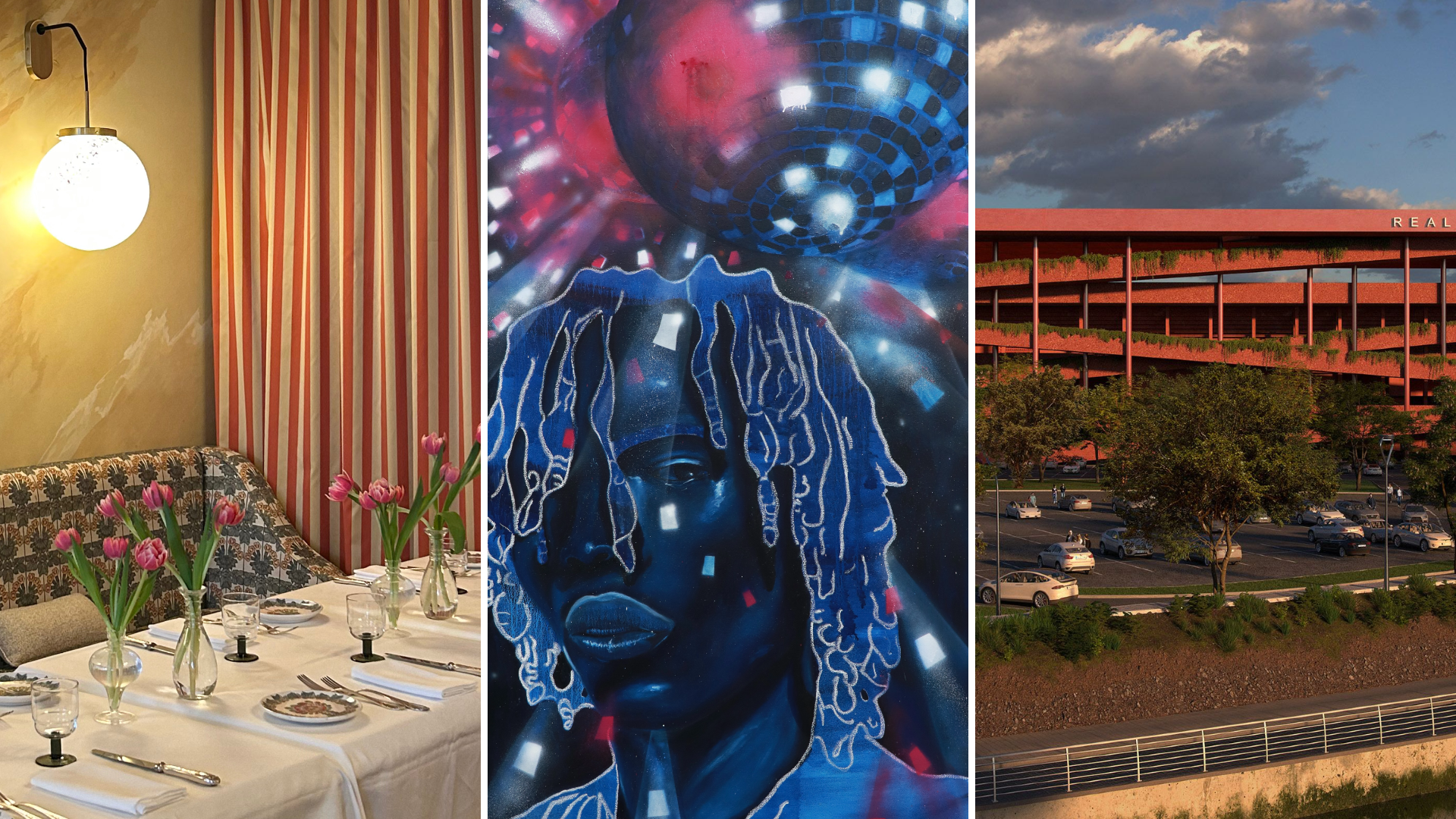 Out of office: The Wallpaper* editors’ picks of the week
Out of office: The Wallpaper* editors’ picks of the weekIt’s wet, windy and wintry and, this week, the Wallpaper* team craved moments of escape. We found it in memories of the Mediterranean, flavours of Mexico, and immersions in the worlds of music and art
-
 Each mundane object tells a story at Pace’s tribute to the everyday
Each mundane object tells a story at Pace’s tribute to the everydayIn a group exhibition, ‘Monument to the Unimportant’, artists give the seemingly insignificant – from discarded clothes to weeds in cracks – a longer look
-
 Out of office: The Wallpaper* editors’ picks of the week
Out of office: The Wallpaper* editors’ picks of the weekThis week, the Wallpaper* team had its finger on the pulse of architecture, interiors and fashion – while also scooping the latest on the Radiohead reunion and London’s buzziest pizza
-
 Out of office: The Wallpaper* editors’ picks of the week
Out of office: The Wallpaper* editors’ picks of the weekIt’s been a week of escapism: daydreams of Ghana sparked by lively local projects, glimpses of Tokyo on nostalgic film rolls, and a charming foray into the heart of Christmas as the festive season kicks off in earnest
-
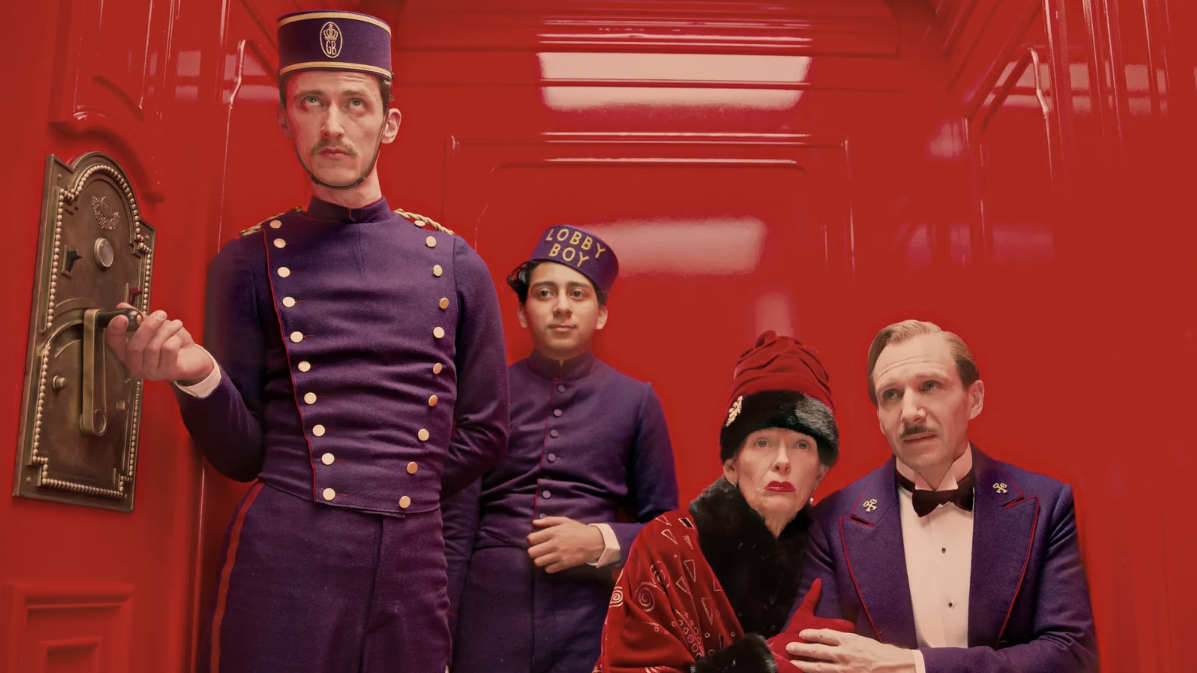 Wes Anderson at the Design Museum celebrates an obsessive attention to detail
Wes Anderson at the Design Museum celebrates an obsessive attention to detail‘Wes Anderson: The Archives’ pays tribute to the American film director’s career – expect props and puppets aplenty in this comprehensive London retrospective